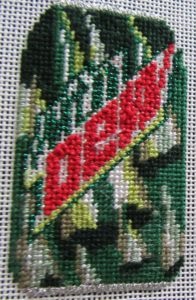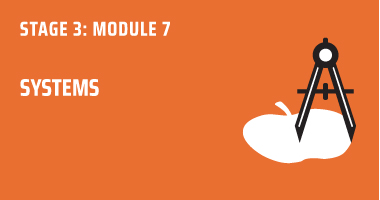Module 7: Systems



MODULES IN THIS STAGE
RESOURCES THIS MODULE
PRAXIS AND SYSTEMS
Let’s continue using praxis as our lens for thinking about Module 7: Systems. Friere says that oppressed people have to acquire a critical awareness of their own current condition in order to move toward liberation.
This is a big idea. If we bring this down to the level of the instructional core, we can see its relevance to authentic integration in the classroom. First, we have to acknowledge that a pedagogy of compliance and over-scaffolding of instruction are the primary ways oppression plays out in classrooms. Classroom oppression shows up in the under-development of students’ cognition. Remember, you can have very positive relationships with your diverse students but still be allowing cognitive “oppression” to take hold in your classroom through things like over-scaffolding.
In the PLC, we have talked about this as “inequity by design”. Inequity by design is itself a system. It is the system of non-racialized policies and practices that create racialized outcomes for students and families. The original architects of public education created systems (interplay of policies and practices) to reinforce and maintain inequity as part of segregated schooling. That’s why it’s called “systemic racism”. These systems then run on a level of automaticity like the unexamined wallpaper Dr. Elmore talked about in the article we read in the very first module of the PLC.
Our focus for disrupting the larger system has to start with shifting our own classroom systems through small but high-leverage changes within, according to education leaders like Michael Fullan, Pedro Noguera, and Bettina Love.
In the PLC you’ve been introduced to a number of new practices and tools associated with different ways of doing and being in a classroom. Now you have to braid together all those individual tools, structures, and processes so that you create new liberatory systems within your instructional core (aka “the dojo”). Only when tools, structures, and processes work together in unison will they generate the synergy of a system that has a disruptive effect on the pedagogy of compliance.
